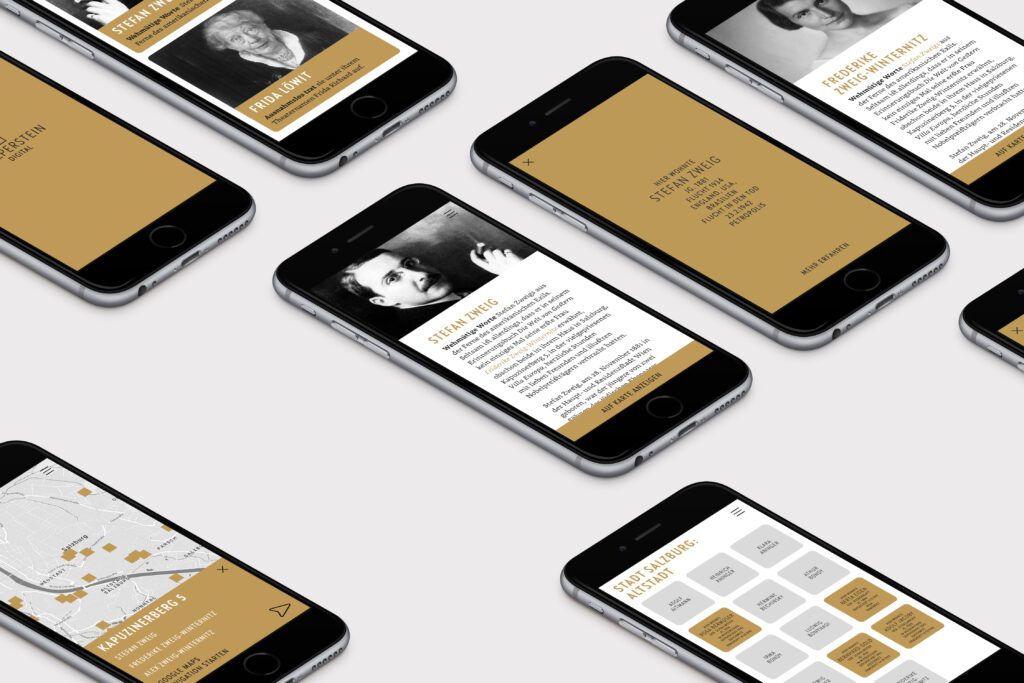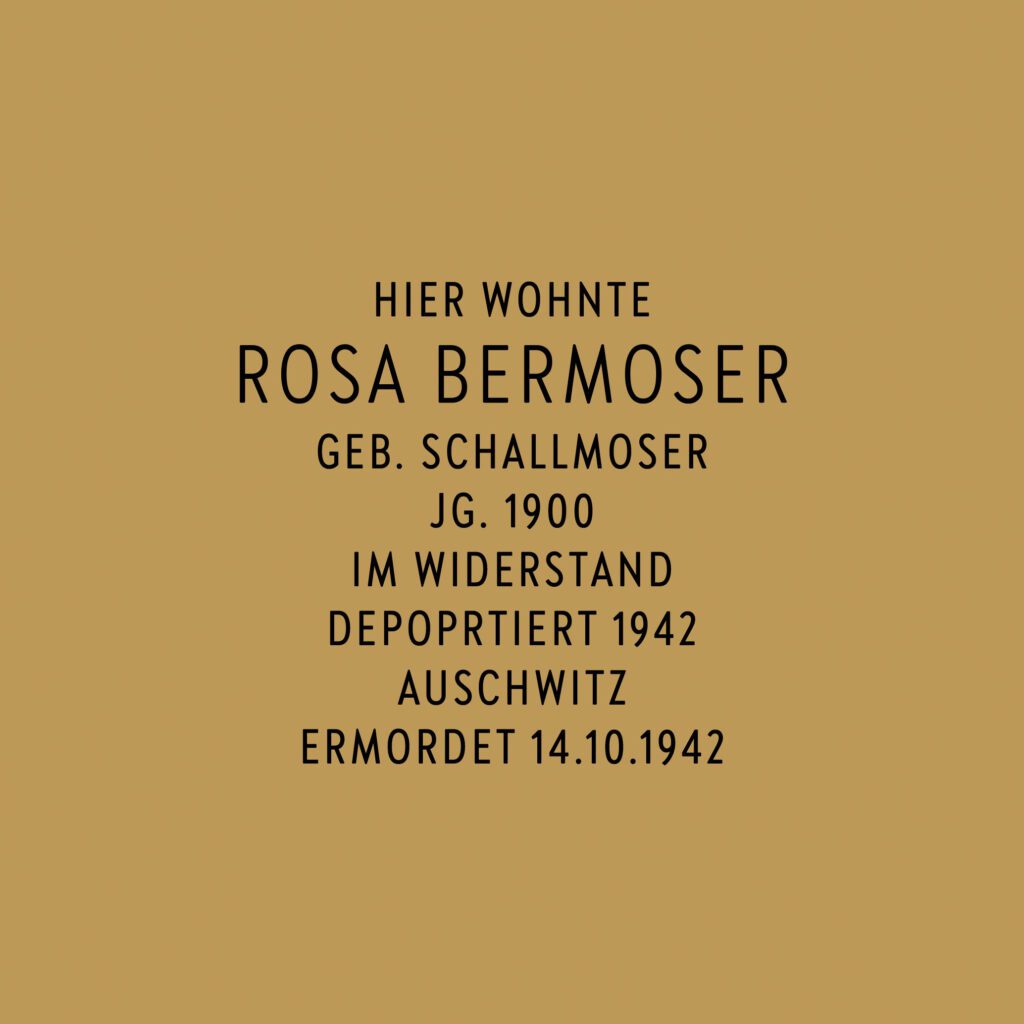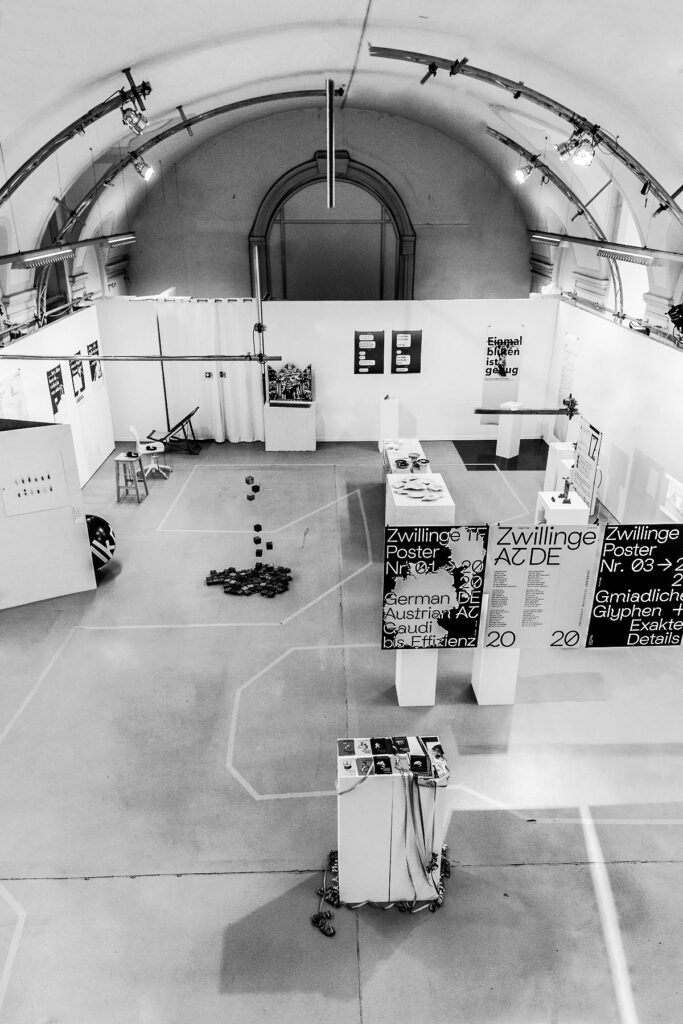Stolperstein Digital
This work, is supposed to deal with a certain symptom of smartphones in our everyday life: by admittedly often looking at the screen, details of the surroundings tend to escape attention. This is the case with Stolpersteine (Stumbling Stones, metal cubes with engravings replacing cobble-stones as memorial for Holocaust victims) placed in many cities, which commemorate the victims of National Socialism. At a time when eye-witnesses are becoming fewer and fewer and the Second World War is known, but also somehow far away, I believe it is particularly important to make these monuments accessible to my generation.
»469 Stolpersteine have already been installed in Salzburg to commemorate the victims of National Socialism. But nowadays, people’s attention is more and more caught by their smartphones, even on the streets, and it is becoming less common for them to stray their gaze and notice the golden-colored paving stones. This is a problem, especially since eyewitnesses are be- coming fewer and fewer and memorials are thus becoming more important: Particularly for young people who rarely come into contact with the Second World War, for whom the mass murders sound terrifying, but also a bit unreal. How can remembrance be brought back to eye level? And give the victims not only a name, but also a face and a story?«
– Exhibition Ideas Change
The app I designed uses the smartphone to draw the attention of distracted people to the Stolpersteine in their surroundings. If you pass one of the stones, a window opens automatically, which draws attention to the Stolperstein and offers the possibility to get more information (Texts, images, if available videos or audio files). The app not only gives the dead a name – like the physical versions – but a face and a story.
Student of the Year 2020, Shortlist
Exhibition Ideas Change, Museumsquartier Vienna, 2020
Article in PAGE Magazine



© Tobias Raschbacher